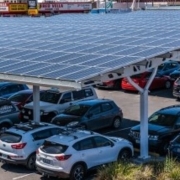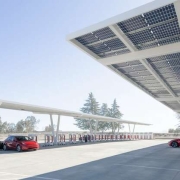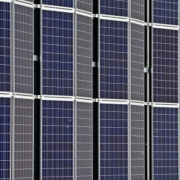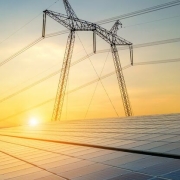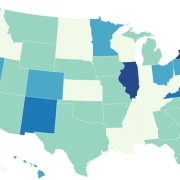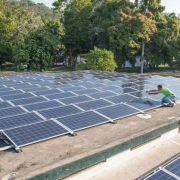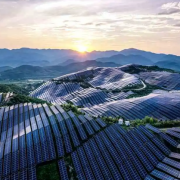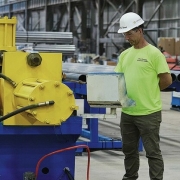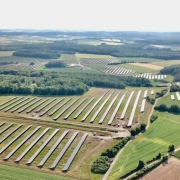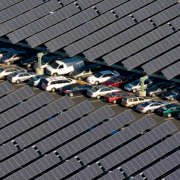People are getting progressively creative about how and where they deploy solar panels. One recent example concerns efforts to plant certain crops under them. Then, farmers can take advantage of formerly unused land, plus get power generation potential and extra earning opportunities. Parking lot solar power is another possibility gaining momentum. Here’s a closer look at some of the perks it offers.
1. Enabling Greater Energy Independence
2. Increasing Research Opportunities
3. Enhancing Convenience for Drivers of Electric Cars
4. Creating Shadier Spaces While Prioritizing Sustainability
Click here to read the full article
Source: Renewable Energy Magazine
—
If you have any questions or thoughts about the topic, feel free to contact us here or leave a comment below.

